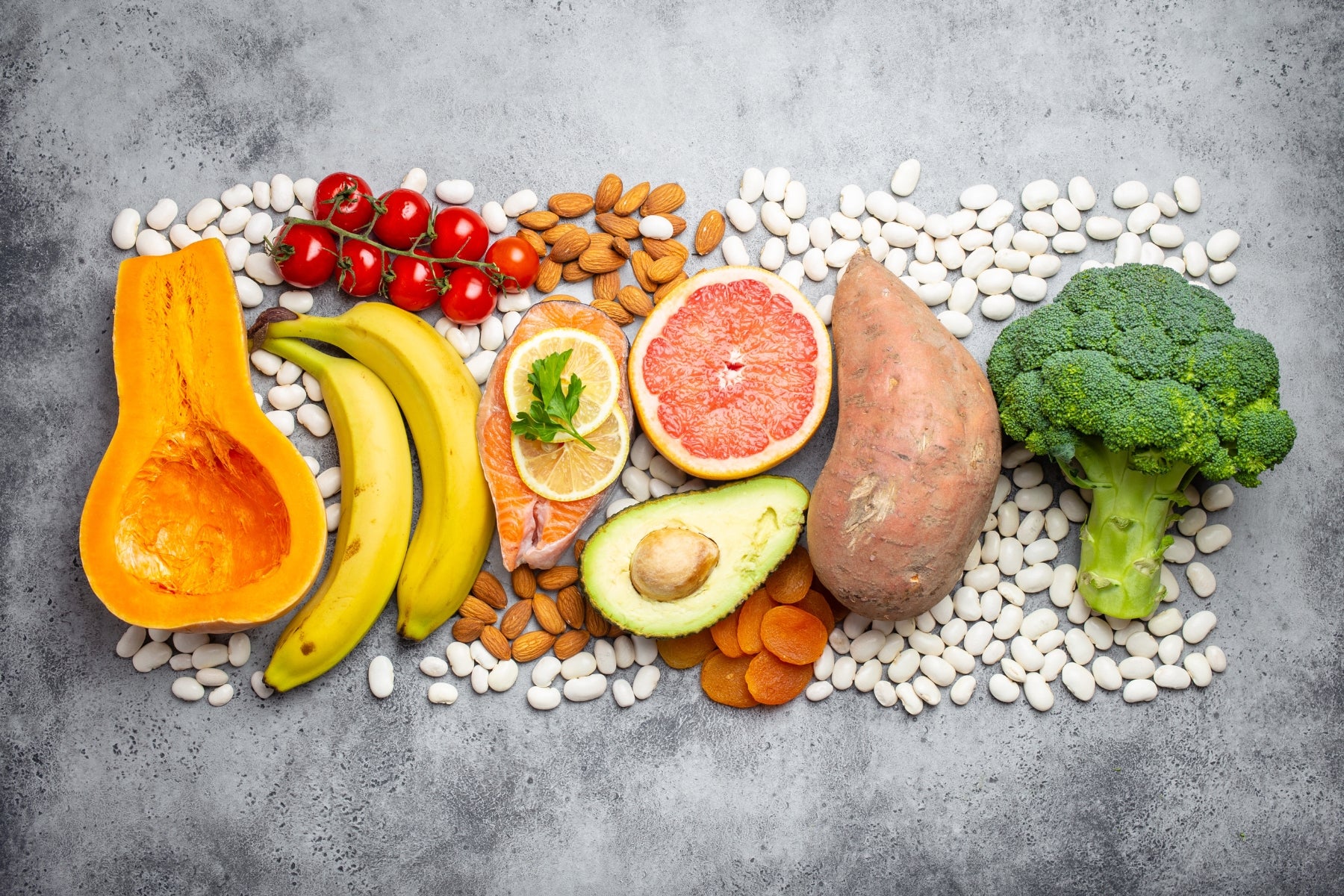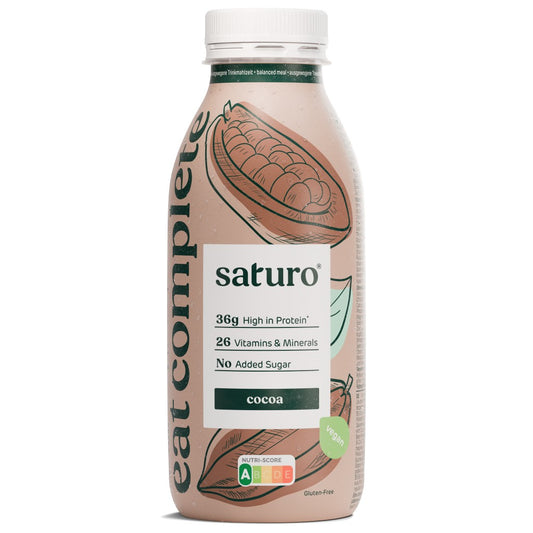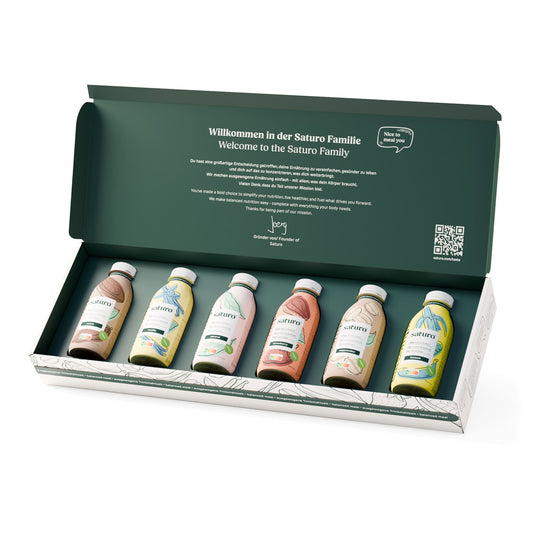
Chloride deficiency - symptoms, causes and treatment
What is chloride deficiency and how much chloride do you need every day?
chloride Is an important one electrolyteTogether with sodium, contributes to regulating the fluid and electrolyte balance in the body. It plays a crucial role in maintaining the osmotic pressure, acid-base equilibrium and the excitability of nerves and muscles. A Chloride deficiency, also known as Hypochloremiaoccurs when the chloride concentration in the blood falls below the normal range of 96-106 mmol/l.
The recommended daily chloride requirement for adults is about 2.3 grams a day. However, this value can vary depending on the individual factors such as age, gender and health. As a rule, the chloride requirement is covered by a balanced diet, since chloride occurs naturally in many foods.
Chloride deficiency symptoms
A Lack of chloride Can different Symptoms cause that can vary depending on the severity and duration of the defect. The most common signs of a chloride deficiency include:
- Fatigue and weakness: A low chloride level can lead to a lack of energy and faster fatigue.
- Muscle cramps: Chloride is involved in the excitability of nerves and muscles. A deficiency can therefore favor muscle cramps.
- Nausea and vomiting: Disruptions in the electrolyte balance, such as those occurring in the event of a chloride deficiency, can cause gastrointestinal symptoms.
- Confusion and disorientation: In severe cases, a lack of chloride can affect the central nervous system and cause cognitive disorders.
- Dehydration: A pronounced lack of chloride can lead to a disturbed fluid balance and consequently to dehydration.
It is important to note that many of these symptoms are non -specific and can also occur with other diseases. A precise diagnosis therefore requires a medical examination and laboratory analyzes.
Causes of chloride deficiency
A Chloride deficiency Can different Causes have. The most common reasons for hypochloremia are:
- Excessive loss from sweat: In the event of strong sweating, for example through intensive physical activity or high ambient temperatures, significant amounts of chloride can be lost over the skin.
- Diarrhea and vomiting: Gastrointestinal diseases that are associated with frequent diarrhea or vomiting can lead to a considerable loss of chloride and other electrolytes.
- Kidney disease: Certain kidney diseases, such as Bartter syndrome or Gitelman syndrome, can affect the ability of the kidneys to reabise chloride, which leads to increased excretion and lack.
- Medication: Some medication, in particular certain diuretics (drainage agents), can increase chloride excretion through the kidneys and thus promote a deficiency.
- Insufficient supply: Although rare, an inadequate absorption of chloridal food can also lead to a deficiency over a longer period of time.
A careful medical history and physical examination by a doctor can help identify the underlying cause of a chloride lack and to initiate suitable treatment.
Chloride in food
Vegan chloride sources (per 100 g)
- Dining salt: 60,000 mg
- Soy sauce: 6,000 mg
- Olives (green, in Salzlake): 2,000 mg
- Celery: 640 mg
- Swiss chard: 580 mg
- Artichokes: 450 mg
- Parsley: 400 mg
- Spinat: 380 mg
- Carrots: 350 mg
- Tomatoes: 300 mg
Animal chloride sources (per 100 g)
- Anchovies (in oil): 10,000 mg
- Ham (raw): 2,500 mg
- Salami: 2,200 mg
- Herring (in Salzlake): 2,000 mg
- Parmesan: 1,600 mg
- Edam cheese: 1,200 mg
- Eggs (cooked): 680 mg
- Milk (3.5% fat): 450 mg
- Yogurt (3.5% fat): 450 mg
- Salmon (smoking): 400 mg
It should be noted that many chloridal food, in particular processed products and cheese, also one High sodium content have. An excessive absorption of sodium can be in some people Increase blood pressure And the risk of Cardiovascular diseases increase. It is therefore advisable to limit the consumption of heavily salty foods and instead to use natural, less processed chloride sources such as vegetables. One balanced diet With moderate salt and sodium consumption, the key is to cover chloride requirements and at the same time promote health.
Drinking against chloride deficiency
In addition to a balanced, Chloride -like nutrition can also special Drinking meals contribute to the Chloride requirement to cover and one deficit to prevent. Manufacturer like Saturo offer Astronaut food on, the optimized Nutrient combination including chloride Contains.
Especially for people with one increased chloride requirement, such as competitive athletes, people with strong sweating or patients with Diarrhea, such drinking meals can be a sensible addition. They are a practical and tasty option to Chloride levels in the blood to stabilize and Deficiency symptoms to counteract.
The Supply via drinking food enables a controlled and even absorption of chloride without having to consume larger amounts of salt -rich solid food. This can be particularly one -sided nutrition, frequent Vomiting or diarrhea or after Electrolyte loss be advantageous through strong sweating.
-
4.5 4.5 / 5.0
(144)
Ready-to-drink 6 x 400 ml
- The ready-to-drink meal
- 400 kcal
- 36 g protein
- Satiates for up to 5 hours
Regular price €26,34Regular priceUnit price / per -
4.5 4.5 / 5.0
(144)
Taster Pack 6 x 400 ml
- Find your favourite flavour
- 6 different flavours
- 400 kcal
- 36 g protein
Regular price €29,99Regular priceUnit price / per
Frequently asked questions
What happens in the body with too little chloride?
In the event of a chloride deficiency, the fluid and electrolyte balance in the body can get out of balance. This can lead to symptoms such as fatigue, muscle weakness, nausea and, in severe cases, even neurological disorders.
In which foods does chloride occur?
Chloride is naturally contained in many foods, especially in dining salt (sodium chloride), dairy products, eggs, meat and seafood. Some vegetables such as celery, tomatoes and spinach also contribute to chloride recording.
Is salt and chloride the same?
Sealz (sodium chloride) consists of the elements sodium and chloride in a ratio of 1: 1. While chloride is essential for the body as an independent mineral, the term "salt" usually refers to the connection between sodium and chloride.
You might be interested in that too
Collapsible content
Sources
- German Nutrition Society (DGE). (2020). Reference values for nutrient supply. 2. Edition.
- Institute of Medicine. (2005). Dietary Reference Intakes for Water, Potassium, Sodium, Chloride, and Sulfate. National Academies Press.
- Robert Koch Institute (RKI). (2016). Chloride deficiency and hypochloremia.
- Medlineplus. (2022). Chloride in Diet.
- European Food Safety Authority (EFSA). (2019). Scientific Opinion on the Adequate Intake of Chloride.
- World Health Organization (WHO). (2018). Sodium and chloride intake.
- Kasper, H. (2017). Nutritional medicine and dietetics. 12. Edition. Elsevier.
- Biesalski, H. K. (2018). Nutritionalory. 4. Edition. Thieme.
- Fuchs, G. (2019). Nutrition and health. 2. Edition. Springer.
- Loth, G. (2018). Chloride: An overview of the current research results. Nutritionumschau, 65 (10), 148-155.
- National Institutes of Health (Nih). (2022). Chloride: Fact Sheet for Health Professionals.
- European Commission. (2019). Nutrition and Health Claims Made on Foods.




